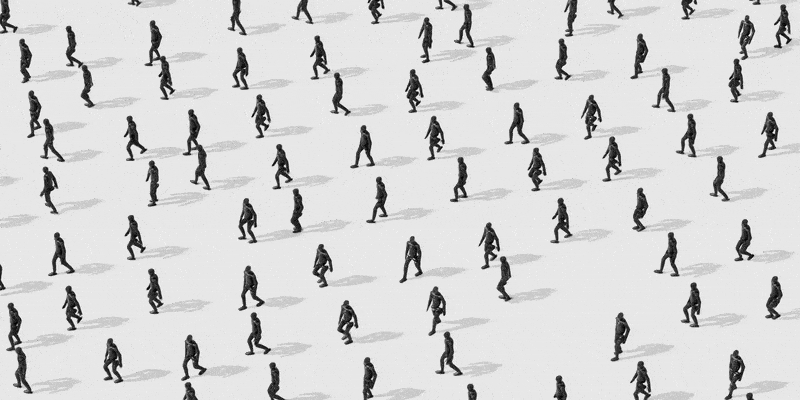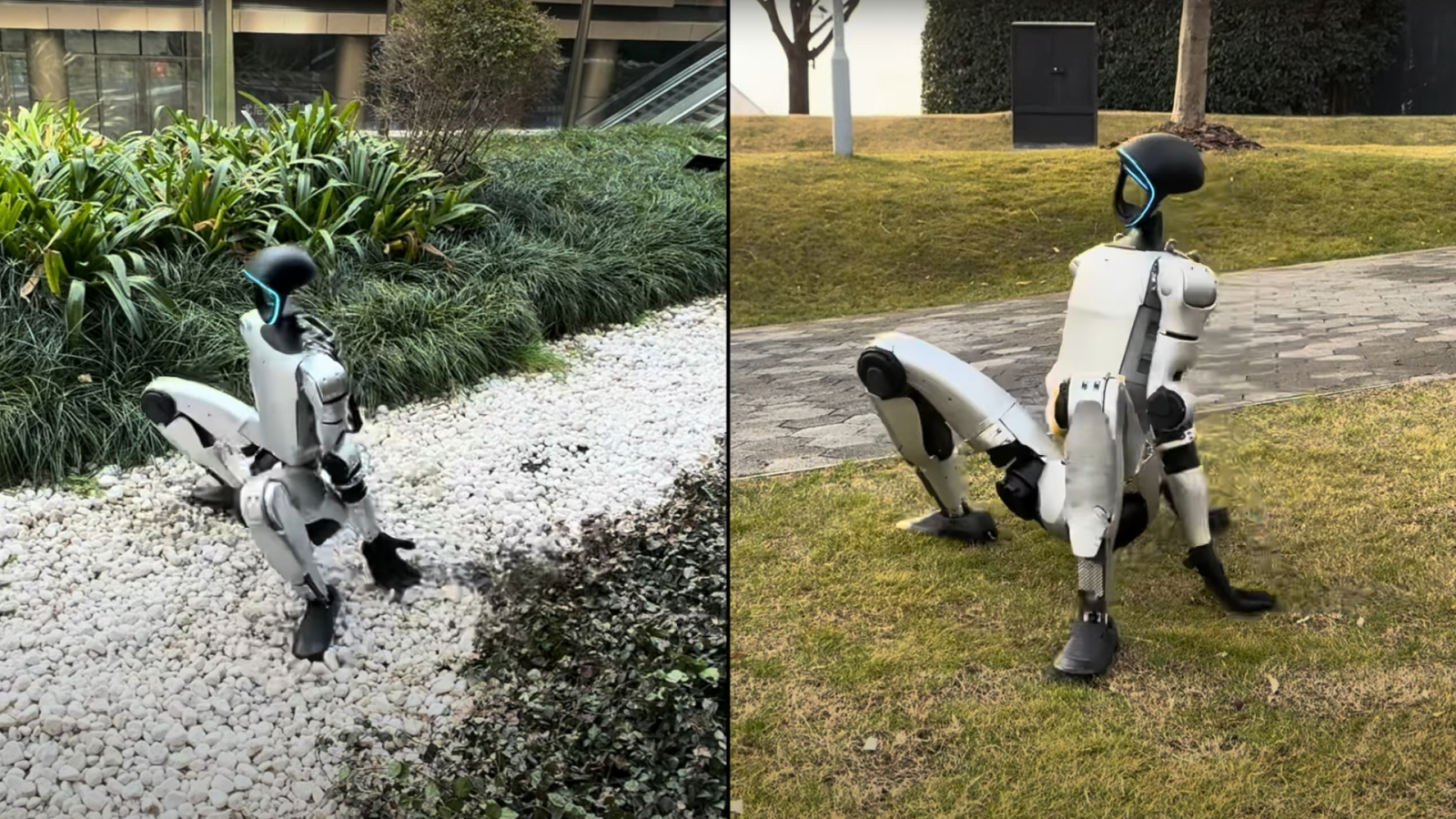When you purchase through links on our site , we may bring in an affiliate direction . Here ’s how it works .
The newsoft , flexible robotscould one day be used in mean situations , such as to slide through rubble or Hydra inside the human body , the scientist said .
Previously , scientist have designed robots that copy the way animals and other being move , ranging from jointed leg and flap wings to slithering body and undulating tails . [ The 6 Strangest Robots Ever create ]

The vine-inspired robot can grow multiple branches at pre-programmed nodes.
Besides motivity — the power to move from one place to another — prison cell and organisms can sail their environs through emergence . For object lesson , neurons branch outward to incorporate themselves into limb , and root grow down into the soil to absorb water and nutrient .
field of study lead story author Elliot Hawkes , a roboticist at the University of California , Santa Barbara , was inspired todevelop a robot that growsafter " watching an English ivy plant life , over the class of months , grow around the corner of my bookshelf search the sunshine and imagine that in a certain , very sluggish mode , it was cash in one’s chips somewhere , " he said .
Some advantage of growth over locomotion include the power to manoeuvre through narrow spaces and to constitute potentially useful 3D social organisation . Until now , however , robotsthat grow could extend only about one to five times their soundbox length and at speed of up to about 23.6 inches ( 60 centimeters ) per hr .

The vine-inspired robot can grow multiple branches at pre-programmed nodes.
Now , Hawkes and his workfellow have build up a robot that can grow one thousand of times its body distance at speeds of up to 22 mph ( 35.4 km / h ) . In comparison , the medium man can run about 15 mph ( 24 kilometer / h ) for brusk period , and thefastest man in the universe , Usain Bolt , can run at up to about 28 mph ( 45 klick / h ) , according to the National Council on Strength and Fitness .
The newly developed automaton is made of soft , whippy polyethylene , the most coarse charge plate in the world . It grow from its tip via inner air pressure , which pushes charge plate tubing stored at its cornerstone up through the heart and soul of its trunk . The automaton is ab initio about 11 inches ( 28 cm ) long , but can chop-chop reach a maximal length of about 236 understructure ( 72 meters ) , according to the researcher .
" The body does n’t move as the tip extend , " Hawkes told Live Science . " That is , you could deem the consistency of the golem tightly in your hands , and the tip would keep arise . "

A vine-inspired robot can grow by unfurling from the inside. The robot can reverse its growth as well, by decreasing air pressure inside it.
The inside of the automaton is divided into several freestanding chambers , typically with one on either side of the consistence . To make the robot confidential information leave or right , the scientist inflate one side more than the other .
The robot is fit with a television camera on its tip , so it can feel light . The camera carry data to the base of the robot via a transmission line running through the automaton ’s body . For their discipline , the scientists had the golem use data from its camera to aid it grow toward luminousness , much like a industrial plant would . The camera can also send full - people of colour video to an operator to help them guide the robot , Hawkes said . [ Super - healthy Machines : 7 Robotic Futures ]
In experiments , the robots could develop through minute gaps and over surface covered in glue or nails — the robots did not lose much air travel pressure when punctured , as the nails partially plug their own holes , the scientists said . The robot could also pull cables , spray water mist to douse fervour , and form 3D body structure such as hooks that could be used to turn valve .

In one experiment , one of the golem could apply enough personnel to pilfer a 154 - pound ( 70 kilograms ) crate , Hawkes say . " We were surprised by how such a simple gadget could result in such robust movement through challenging environment , " he added . " It is nearly unacceptable to stop it from lengthening . "
One potential software program for these robots is in search - and - saving operations , " where the robots could farm through rubble and dust , potentially look for survivors , " Hawkes said . " Unlike minor - beast - inspiredsearch - and - rescue golem , the body of the develop robot could act as a conduit to go past atomic number 8 or pee to the trapped survivor .
" In a related to coating , we opine firefighter develop the robots to the base of a fire to deliver water , as opposed to have got to spray from a distance or risk a fire-eater ’s life to get tight to the blaze , " Hawkes said .

These robots could alsofind utilisation in minimally trespassing surgery . " We have successfully made robot bodies down to 1.8 millimeters [ 0.07 column inch ] diameter and are currently working with neurosurgeons , " Hawkes say .
Hawkes caution that their work " is n’t ready yet to fight a firing or perform a brain surgery tomorrow . But we trust it can run to mature engineering that can make a difference in the world . "
The robot currently is hand-crafted . " We trust to automate manufacture of the robots so that piles of them could be almost nothing and be used in a search - and - saving scenario , " Hawkes said . " We are also exploring new , more racy materials for the body , such as profligate - stop nylon and Kevlar . We also desire to continue development of surgical applications , hopefully moving to in vivo examination [ experiments in alive animals ] in the near future . "

The scientists detail their findings online July 19 in thejournal Science Robotics .
Original article onLive Science .















